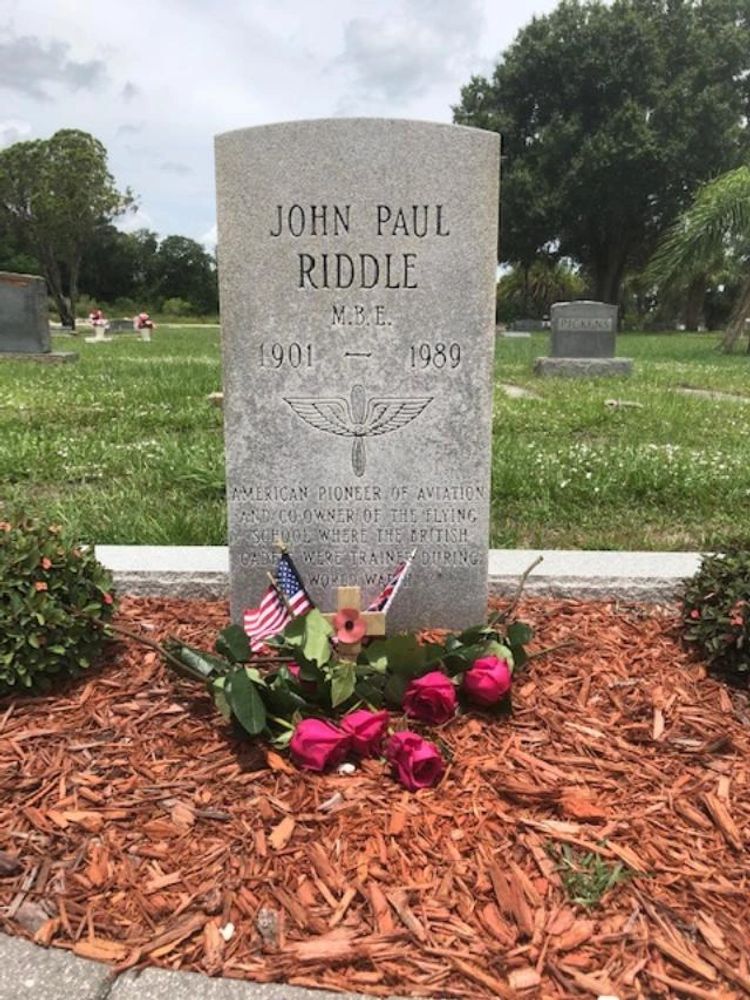Your destination for aviation "prop" culture conversation.

Signed in as:
filler@godaddy.com



.
In 1939, America watches Europe enter WWII, the war of the airplane. For two driven men, a shared passion for flight defines their destinies and unexpectedly shapes the future of aviation. One goes to war to defend democracy. The other is at war with destructive forces in himself.
From a makeshift airbase in a swamp-adjacent cow town in Florida, John Paul Riddle turns 1,800 raw recruits into elite Royal Air Force bomber crews. In appreciation, the British Empire makes him a Member of the British Empire. In the skies over Indiana and Missouri, self-taught pilot and kidnapper Earnest Pletch makes headlines joyriding in a stolen Piper Cub. When he kills his flight instructor at 5,000 feet, he achieves infamy as the first mid-air murderer and skyjacker.
In this richly researched cultural history, photos, memoirs and news coverage evoke the bygone glamour of aviation; and capture true stories of good and evil that play out across darkening skies
Look for Lofty Ambitions: The Evangelist and the Assassin in 2024.
Sign up to hear from us about specials, sales, and events.
Copyright © 2023 WilderBlue - All Rights Reserved.
Powered by GoDaddy Website Builder